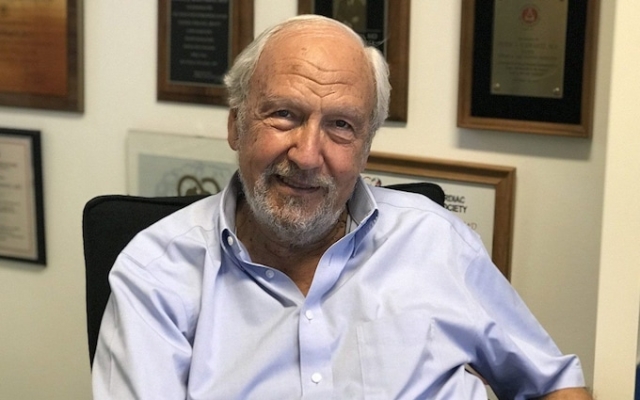 Professor Peter Schwartz played a vital role in calling into question Kathleen Folbigg's original allegations. Photo: Italian Institute of Auxology
Professor Peter Schwartz played a vital role in calling into question Kathleen Folbigg's original allegations. Photo: Italian Institute of Auxology
On the morning of June 5, Professor Peter Schwarz, a world-renowned cardiologist, was sitting at his desk enjoying a breakfast of tea and smoked herring.
It was then that the telephone of the British-born doctor rang and he heard the news that Kathleen Folbigg, an Australian convicted of killing her four young children, was officially pardoned and released after 20 years behind bars.
He immediately felt «goosebumps» — it was his expert opinion played a key role in casting doubt on Ms Folbigg's original verdict, resulting in her being named «Australia's worst female serial killer.»
“I was having breakfast and got a message from a dear friend in London who knew I was involved,” Professor Schwartz told The Telegraph.
“It was not a surprise, but it caused me a lot of emotion. It gave me goosebumps. It makes a big impression on you when you realize that a woman was released from prison in large part because of what you did. I'm really proud of it.»
The geneticist presented what he called «rather strong, direct and rude» testimony from the Australian forensic investigation that helped secure Ms Folbigg's release.
>
He said: «With the help of cardiopulmonary resuscitation, I saved a life to several people, but that's a different story. It was really against all odds.»
Together with other eminent scientists, Professor Schwartz played a vital role in challenging Ms. Folbigg's original beliefs.
p>
These findings put an end to the nightmare for the Australian. She not only witnessed all four of her children die at an early age, but also spent two decades in prison, wrongly accused of their murder and humiliated by society as a monster.
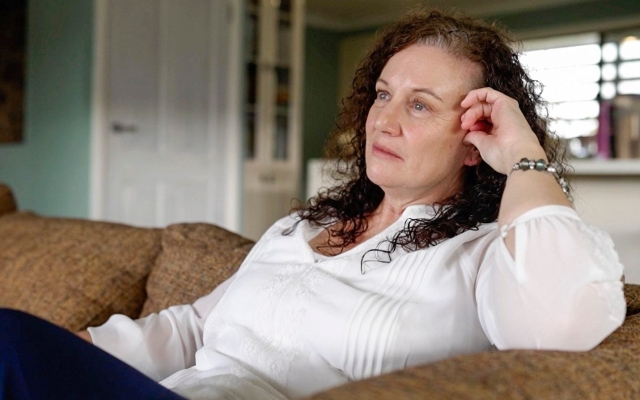 Kathleen Folbigg has always proclaimed her innocence against her beliefs. Photo: Pool via AP
Kathleen Folbigg has always proclaimed her innocence against her beliefs. Photo: Pool via AP
It was an ordeal from which Ms Folbigg, now 55, has just emerged.
In 2003, she was imprisoned. 40 years for the murder of her three children — Sarah, Laura and Patrick — and the manslaughter of the fourth, Caleb.
All the babies died suddenly between 1989 and 1999, aged between 19 days and 18 months.< /p>
Prosecutions, basing their evidence in part on carefully selected extracts from Ms Folbigg's diaries in which she wrote about her struggles with motherhood, insisted that she strangled them.
There was no forensic evidence linking her to the death, and she has always maintained her innocence. However, she became a figure of hatred, a woman who committed the unthinkable act of killing her own offspring.
After spending much of her time in solitary confinement, she received an official pardon this week and was released. from a prison in Grafton, 200 miles south of Brisbane.
In a short video message, she said she would mourn her children «forever» and that she «missed them and loved them terribly.»
The pain of losing children and imprisonment
Rainy Rego, Ms Folbigg's lawyer, said: «It's impossible to understand the trauma that Kathleen Folbigg has suffered — the pain of losing her children and almost two decades of being in high security prisons.»
A new investigation by Tom Bathurst, a retired Australian judge, has admitted that cutting-edge gene mutation research has raised serious doubts about her conviction.
This case shows how revolutionary advances in science can have crucial, new evidence is emerging that could disprove the criminal charges.
An international team of scientists has found that Ms. Folbigg's two daughters and two sons suffered from incredibly rare genetic mutations that most likely led to their deaths.
The chance that four children from one family would be such a mutation, seemed negligible, and yet scientists have shown that it exists.
They found that Ms. Folbigg's daughters share a common genetic mutation called Calm2 G114R, which can cause sudden heart failure. death.
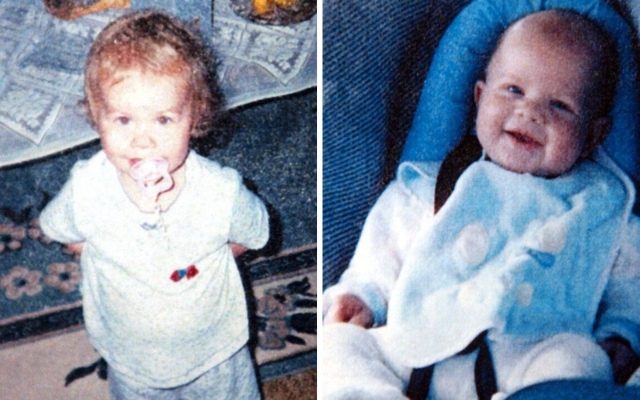 Laura and Patrick Folbigg, two of Kathleen Folbigg's four children for whose murder she was wrongly convicted. Photo: New South Wales. Supreme Court/EPA-EFE/Shutterstock
Laura and Patrick Folbigg, two of Kathleen Folbigg's four children for whose murder she was wrongly convicted. Photo: New South Wales. Supreme Court/EPA-EFE/Shutterstock
They also found that her sons had another genetic mutation that was linked to sudden onset epilepsy in mice.
One of her sons, Patrick, suffered from epileptic seizures in the months before his death.
Scientists have concluded that there was reasonable doubt in what has been called one of the largest miscarriages of justice in Australian history. that Ms. Folbigg had nothing to do with the death of her children. .
Professor Schwartz was born in Huntingdon during World War II to an Italian mother and a Hungarian father. He is an eminent scientist at the Italian Institute of Auxology in Milan, where he studies genetic disorders that can lead to sudden cardiac death in children.< /p>
In particular, he devoted 50 years to a condition called long QT syndrome (LQTS) , a disorder that can cause rapid, erratic heartbeats, also known as arrhythmias.
This is a disease. very similar to the mutations in the Calm gene that Ms. Folbigg's girls suffered from.
Asked how long it took him to realize that the deaths of the Folbigg children could have a natural explanation, Professor Schwartz replied: “It happened immediately. We know that if an infant dies suddenly and does not have a knife in its back and has this genetic mutation, then that is the cause of death.”
He was brought on the case in 2019 after how she was contacted by Professor Carola García Vinueza, the Spanish scientist who convinced Ms Folbigg to be innocent.
Scientific breakthrough
Professor Vinuesa is now at the Crick Institute in London, but at the time was head of the immunology department at the Australian National University. She started doing it in 2018 after she was contacted by David Wallace, a former student who has since become a lawyer and worked on the Folbigg case.
She started investigating the children's deaths by sending Dr. Todor Arsov. colleague, visit Ms. Folbigg in prison and obtain a DNA sample from her.
They sequenced the genome of an Australian woman and found that she has a mutation in the Calm2 gene that can cause sudden infant death syndrome.
They then discovered the same mutation in two of Ms. Folbiggs' daughters.< p> «As evidence, I think this finding would carry the same weight as a confession or eyewitness account of a crime,» said Dr. Arsov to El Pais newspaper.
Patrick and Caleb were found to have two rare variants of the BSN gene that causes lethal epilepsy in mice.
“The theory that she killed her children had no evidence. The only evidence was circumstantial because it was she who found them dead,” said Professor Vinuesa.
The science was «incontrovertible» in the sense that it called into question the convictions.
Removing the stigma
For many people involved in this case, Ms Folbigg was a symbol of what how women die, whose children under unclear circumstances are often stigmatized and condemned.
Dr. Hayley Cullen, Associate Professor of Psychology at Newcastle University, Australia, and Dr. Celine van Gould, Senior Lecturer in Forensic Psychology at the University of Sydney, wrote an article on the subject for The Conversation website.
They said: “Women who have been wrongfully convicted of killing their children, not only will they face stigma and discrimination…but they may also struggle with the immense grief of losing their child. Prison can stop the process of mourning, which is a necessary psychological response to loss.»
They said data from the US showed that among women wrongfully convicted, one in three were convicted of crimes involving harming children.
And women were “three times more likely than men to be wrongly convicted of crimes that doesn't happen.”
Ms Folbigg's 20 years of wrongful imprisonment followed her deeply traumatic childhood. She was only 18 months old when her father, a criminal and underworld enforcer, killed her mother by stabbing her 24 times with a carving knife.
As a child, she wandered between relatives' houses before finally finding herself with foster parents in Newcastle, Australia.
“She came from a very dysfunctional family — her father killed her mother. She was the perfect monster for the audience, the perfect scapegoat,” Professor Schwartz said.
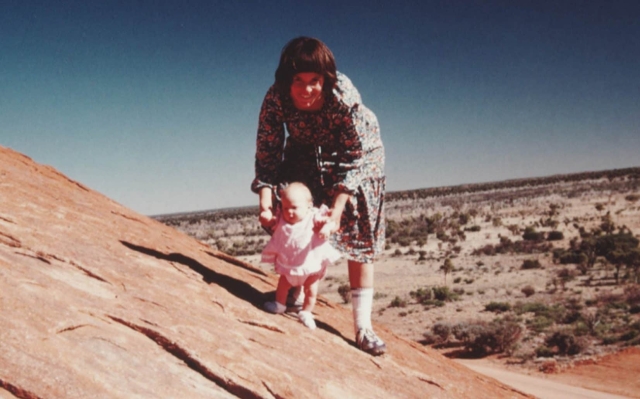 Lindy Chamberlain and the death of the baby dingo. Credit: National Museum of Australia/Channel 5
Lindy Chamberlain and the death of the baby dingo. Credit: National Museum of Australia/Channel 5
In Australia, parallels have been drawn with another notorious case of a mother accused of killing her child.
Lindy Chamberlain was sentenced to life in prison in 1982 for allegedly killing her infant daughter Azaria despite insisting the baby was carried off by a dingo while the family was camping near Uluru, also known as Ayers Rock. .
Eventually, years later, she was freed when the jacket worn by the little girl was found near the dingo's home. lair.
Ms. Folbigg's conviction came at a time when much reliance was placed on a theory called Meadow's Law, named after Roy Meadow, the British pediatrician who came up with it.
According to his principle, one sudden death is a tragedy, two are suspect, and three must be murder unless there is evidence to the contrary.
However, Mr. Meadow was later discredited and was removed from the medical register for some time.
The beliefs of Professor Peter Fleming, a leading British pediatrician and world-renowned expert on sudden infant deaths, have also been called into question.
Mr Bathurst asked him if it was possible to strangle children to death without signs of trauma remaining, as claimed in during the trial in 2003.
He said that the strangled children «wriggle» and «fight vigorously» as they put their teeth on the inside of their mouths. According to Professor Fleming, the Folbigg children did not have such injuries.
“It would be very difficult for me to believe that someone could suffocate them by putting something on their face or blocking their airways and leaving no marks,” he said during the investigation. «I would consider it extraordinary.»
«Australia's biggest miscarriage of justice»
The Australian Academy of Sciences, which also played a key role in clearing Ms Folbigg's name, said her original verdict was «the greatest miscarriage of justice in Australia». justice.”
Anna-Maria Arabia, executive director of the academy, said: “This case absolutely demonstrates the absence of a mechanism for the justice system to consider new information, especially scientific information.”
After traveling half the world, in his home in Milan, Professor Schwartz agreed: «This case shows that mistakes can be made and that they can and should be corrected.»
«This demonstrates the importance of that judges rely not on general experts such as cardiologists, but on experts on the specific disease under investigation. And judges should be open to reviewing cases if new scientific evidence emerges. I hope this sets a precedent.”


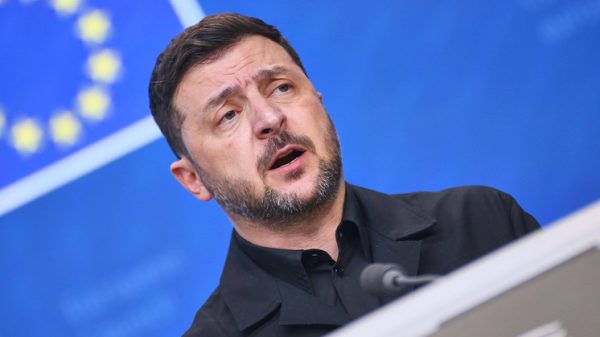





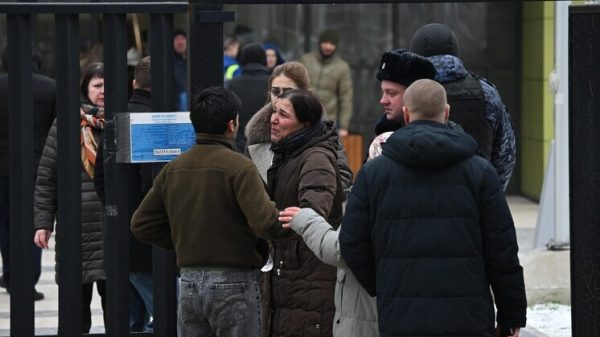












































Свежие комментарии